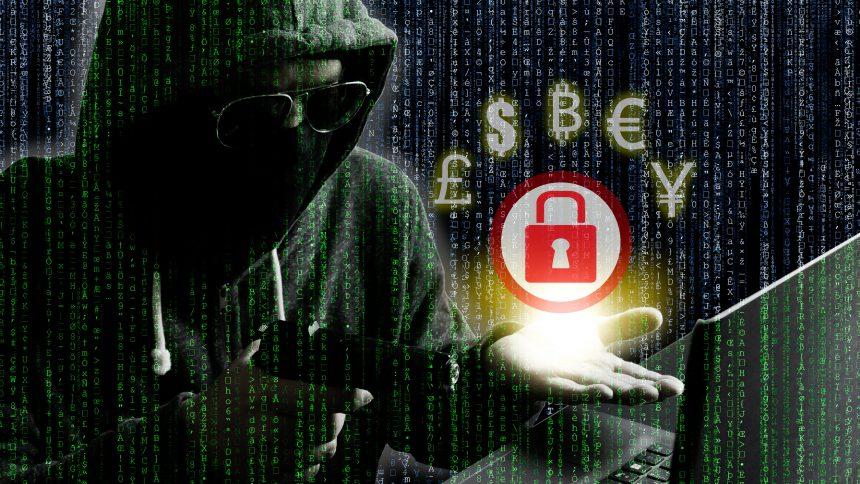Ransomware is a type of malicious software designed to block access to a computer system or data, typically by encrypting files, until a ransom is paid to the attacker. This form of malware has become increasingly sophisticated and damaging, targeting individuals, businesses, and even government entities. By disrupting access to critical data and demanding monetary compensation, ransomware poses a severe threat to digital security and financial stability.
The Threat: AttackNew Ransomware
AttackNew is a specific variant of ransomware known for its aggressive encryption techniques and demanding ransom notes. This malware infects a system by exploiting vulnerabilities or through deceptive methods such as phishing emails, malicious downloads, or compromised software updates. Once installed, AttackNew encrypts files on the infected system, making them inaccessible to the user. Typically, it will append an extension like .attacknew to encrypted files, signaling their compromised status.
After installation, AttackNew performs several key actions:
- File Encryption: The ransomware scans the system for various file types and encrypts them using robust encryption algorithms. This process renders files inaccessible without the decryption key, which only the attackers possess.
- Ransom Note: AttackNew leaves a ransom note on the system, usually in a text file format. This note contains instructions for paying the ransom and may provide a deadline for payment, after which the decryption key might be destroyed.
- System Lockdown: In some cases, AttackNew may also alter system settings or block access to certain features to increase the pressure on the victim to pay the ransom.
Consequences and Ransom Note
The presence of AttackNew ransomware on a system has severe consequences:
- Data Inaccessibility: Encrypted files cannot be accessed or used, which can disrupt personal and business operations.
- Financial Loss: Paying the ransom does not guarantee that the files will be decrypted. There is also no assurance that the attackers will not target the victim again.
The ransom note left by AttackNew is a critical component of its attack. It usually appears as a text file on the desktop or in each affected directory. The note includes:
- Instructions for contacting the attackers.
- Payment Details on how to transfer the ransom, often demanding payment in cryptocurrency to ensure anonymity.
- Threats of data loss or increased ransom if payment is not made promptly.
General Purpose and Threat
The primary purpose of ransomware like AttackNew is to extort money from victims by leveraging their data as leverage. AttackNew infiltrates systems primarily through:
- Phishing Emails: Emails that appear legitimate but contain malicious attachments or links.
- Malicious Downloads: Software or files downloaded from untrusted sources.
- Exploiting Vulnerabilities: Taking advantage of unpatched security flaws in software or operating systems.
The threat it poses includes significant disruption to both personal and professional data, potential financial loss, and ongoing security risks if the attackers retain control over the decrypted files.
Symptoms of AttackNew Ransomware Infection
Identifying an AttackNew ransomware infection may involve noticing:
- Encrypted Files: Files with the
.attacknewextension or other unusual file extensions. - Ransom Note: A text file with instructions for paying the ransom.
- System Slowness: A slowdown in system performance due to the encryption process or additional malicious activities.
Detection Names
To detect AttackNew ransomware, look for the following names in anti-malware software:
- AttackNew
- Ransom:Win32/AttackNew
- Trojan:Win32/AttackNew
Similar Threats
Similar ransomware threats include:
- WannaCry: Known for its rapid spread and large-scale impact.
- Cryptolocker: A well-known ransomware that also encrypts files and demands payment.
- Ryuk: A variant targeting larger organizations and demanding higher ransoms.
Removal Guide
To remove AttackNew ransomware, follow these detailed steps:
- Enter Safe Mode:
- Restart your computer and press
F8(orShift + F8for newer versions) before Windows starts loading. - Select “Safe Mode with Networking” from the options.
- Restart your computer and press
- Delete Suspicious Files:
- Open Task Manager (
Ctrl + Shift + Esc), go to the “Processes” tab, and end any processes related to AttackNew. - Navigate to
C:\Users\[Your Username]\AppData\Localand delete suspicious files related to the ransomware.
- Open Task Manager (
- Remove Startup Entries:
- Open
msconfigfrom the Run dialog (Win + R). - Go to the “Startup” tab and disable any suspicious entries.
- Open
- Scan with Anti-Malware Software:
- Download and install SpyHunter.
- Perform a full system scan to detect and remove AttackNew and any related threats.
- Restore Files: If you have backups, restore your files from a clean backup. Avoid connecting infected devices to backups until they are cleaned.
Preventing Future Infections
To prevent ransomware infections:
- Update Software Regularly: Ensure all software and operating systems are up to date with security patches.
- Be Cautious with Email Attachments: Avoid opening attachments or clicking on links from unknown or suspicious sources.
- Use Reputable Anti-Malware Software: Install and maintain updated anti-malware protection like SpyHunter.
To ensure your system’s protection and promptly address potential infections, download SpyHunter and perform a free scan. This tool will help you detect and remove malware effectively.
If you are still having trouble, consider contacting remote technical support options.




